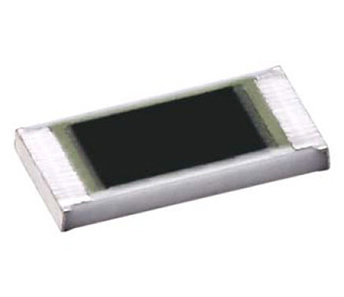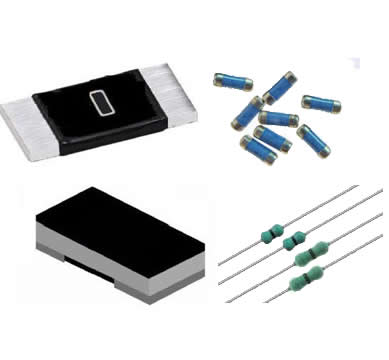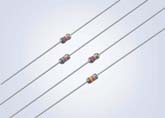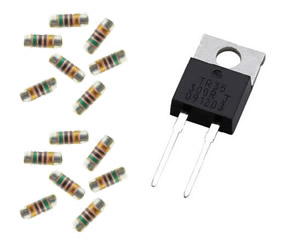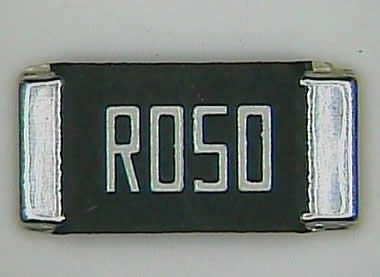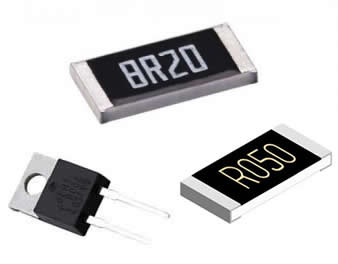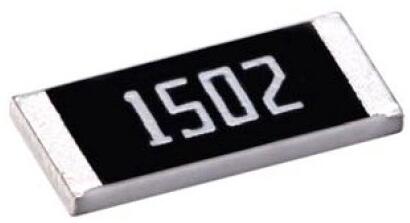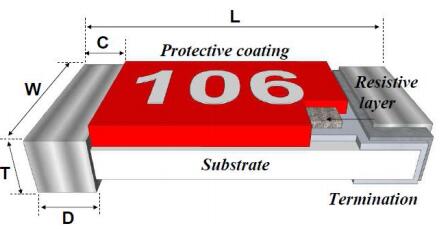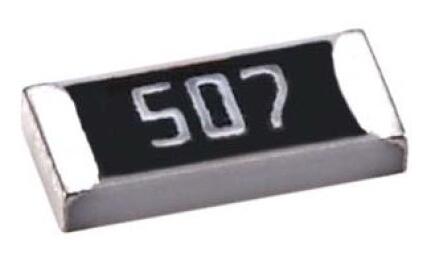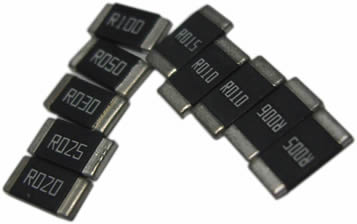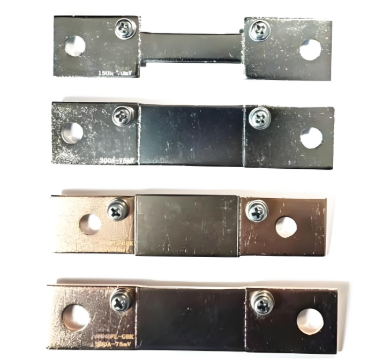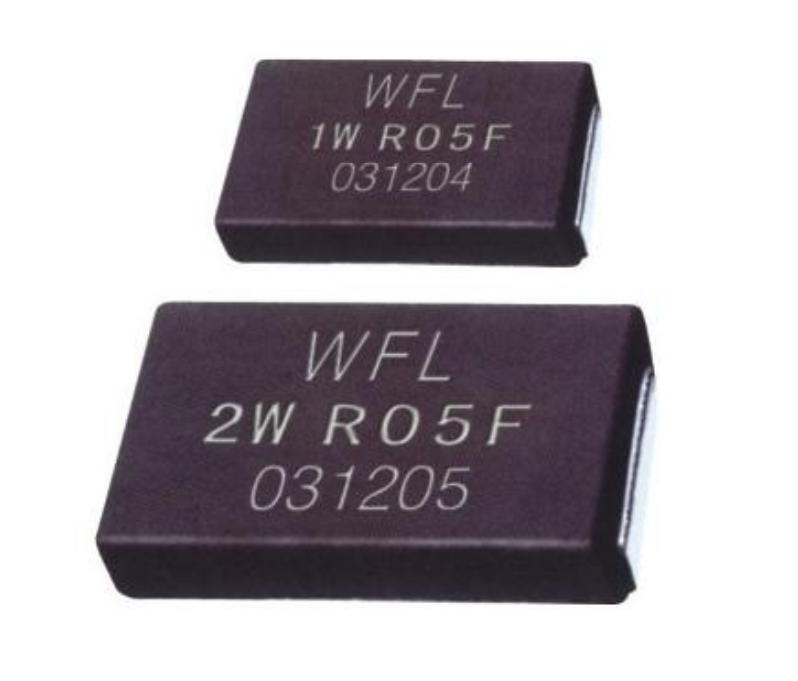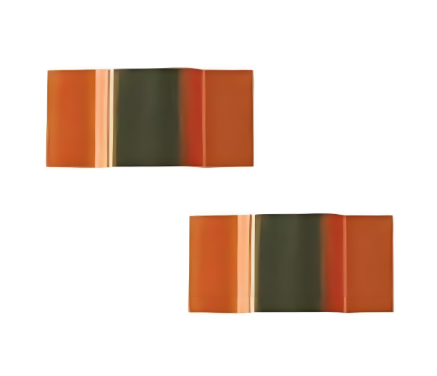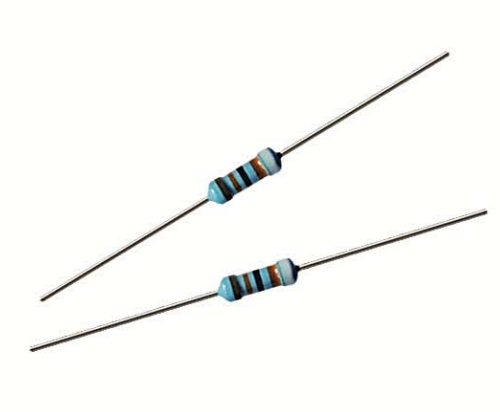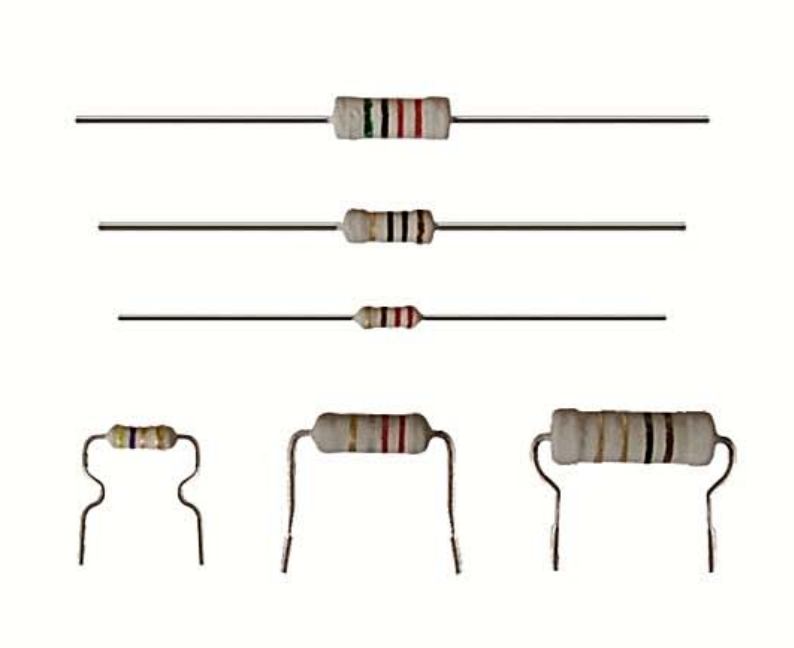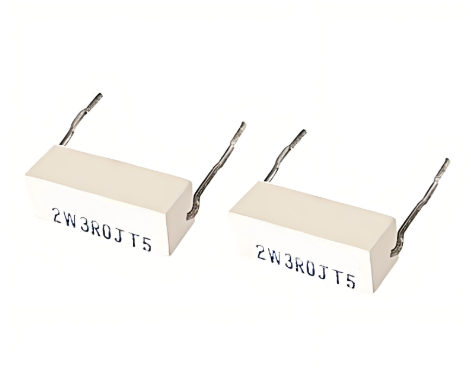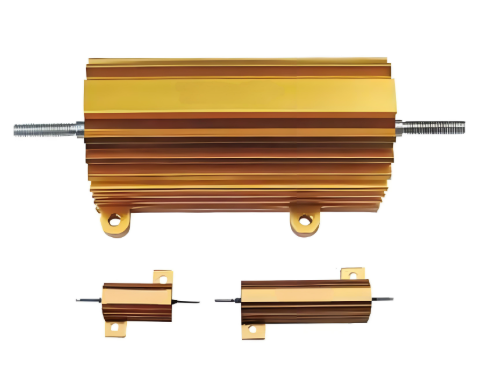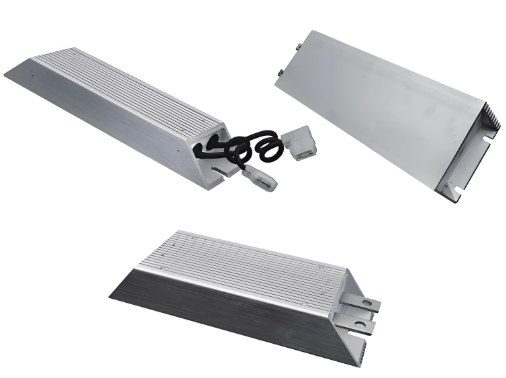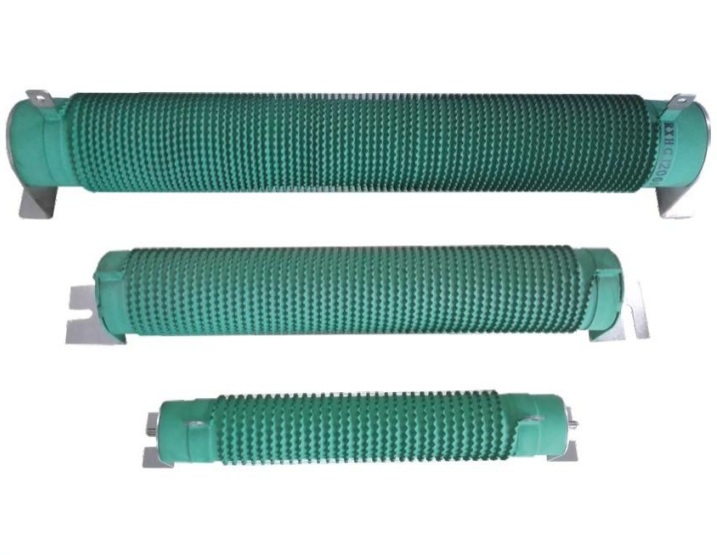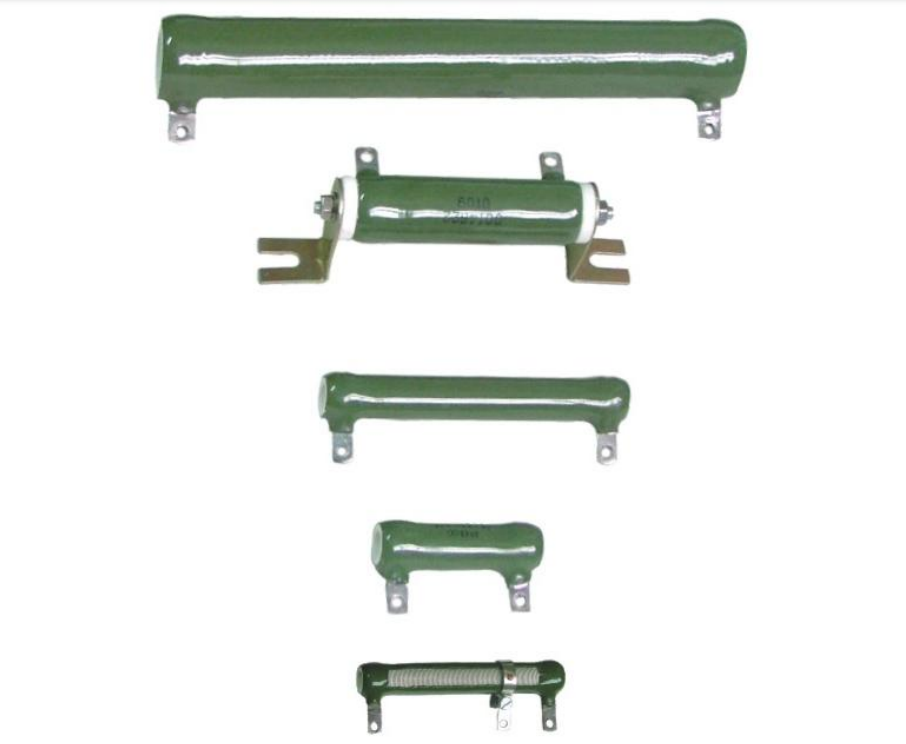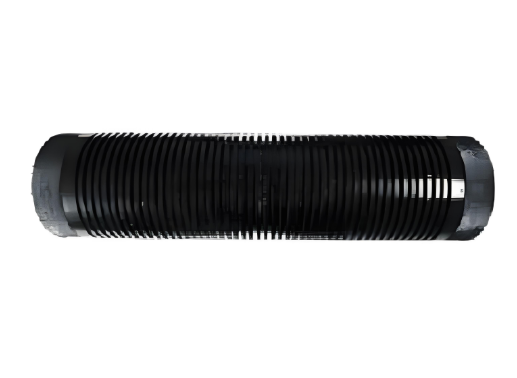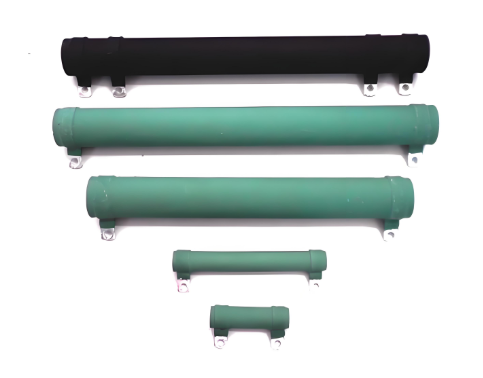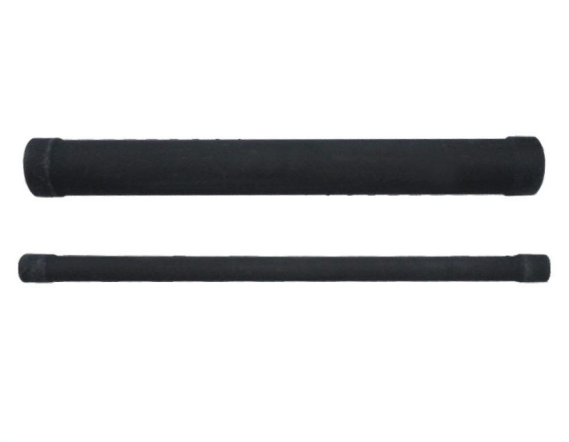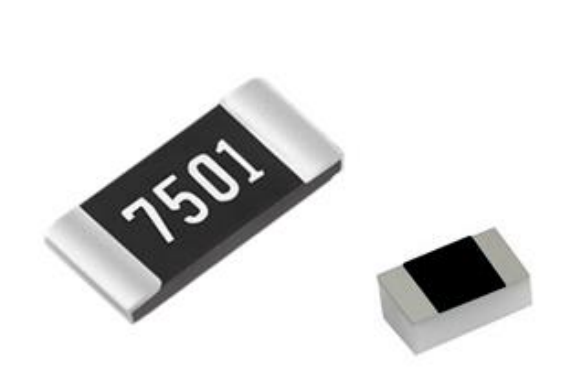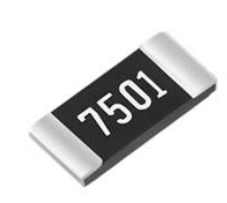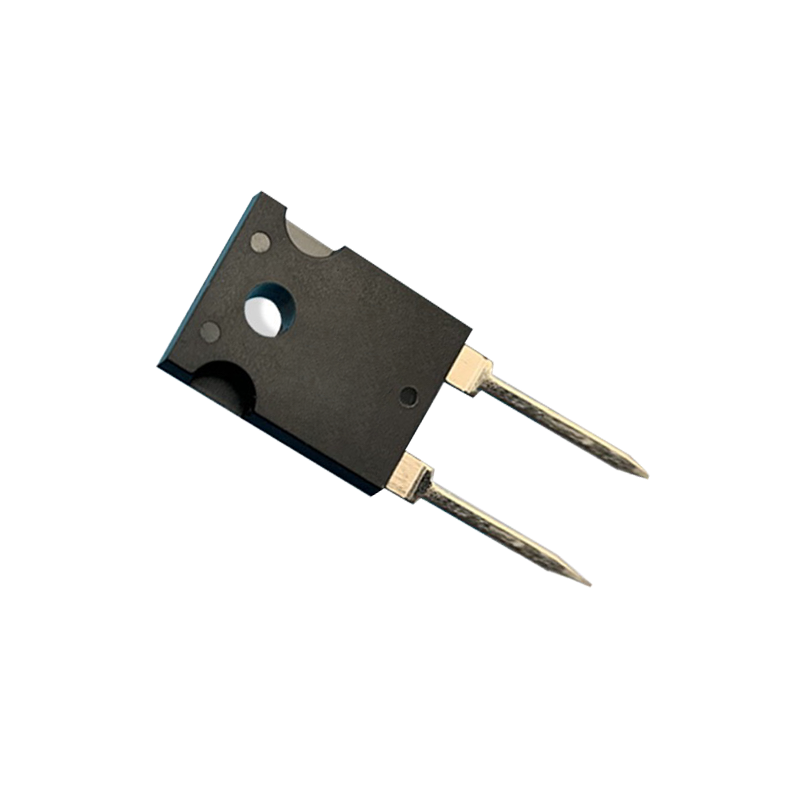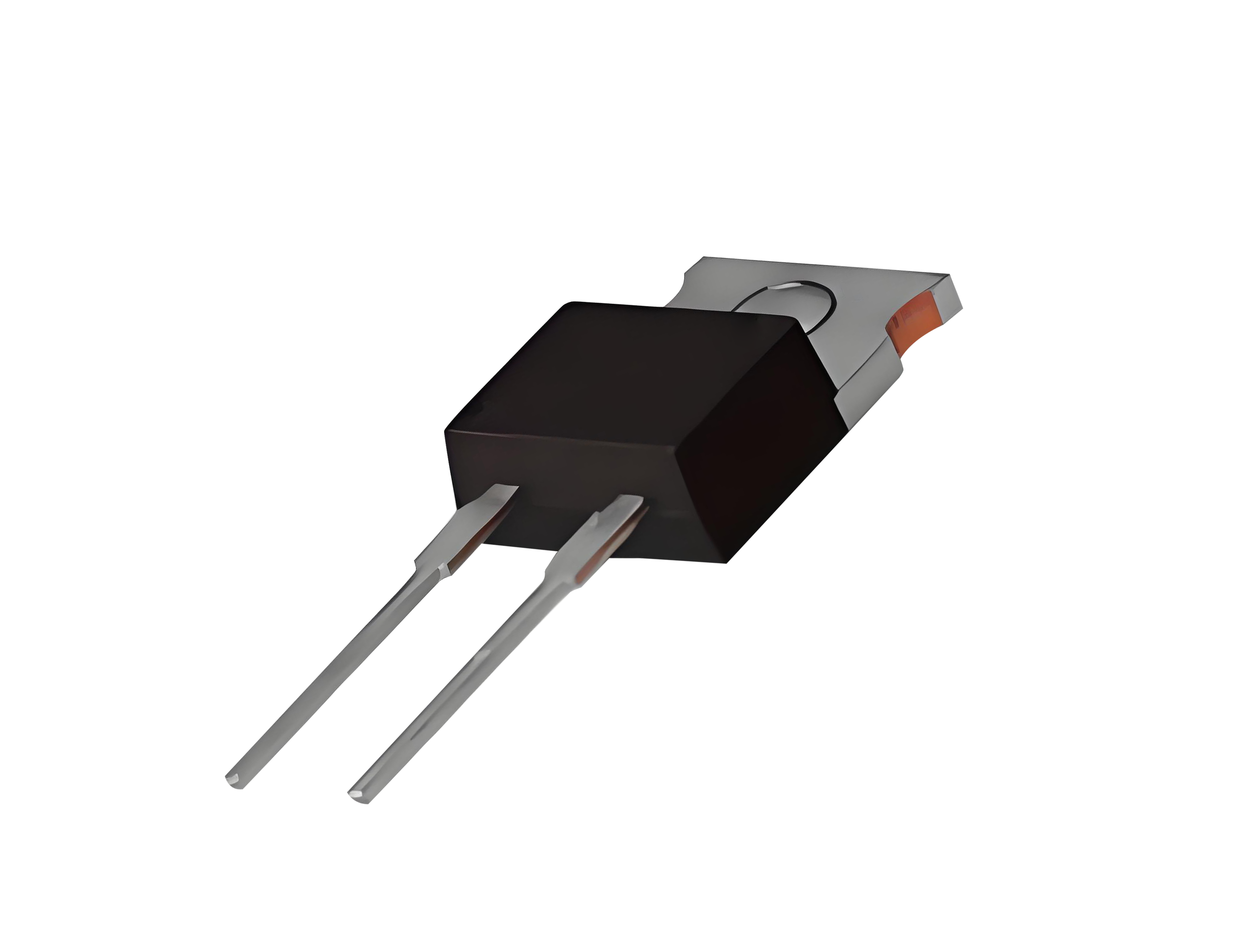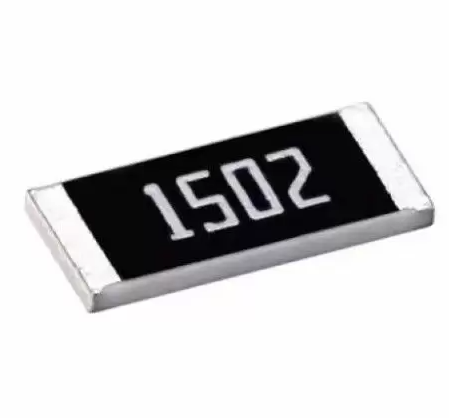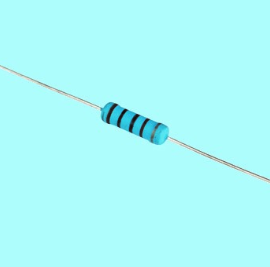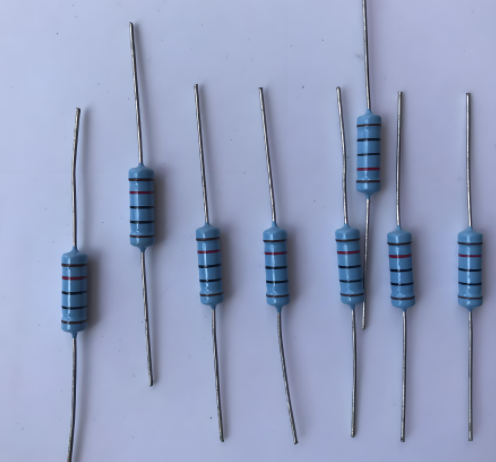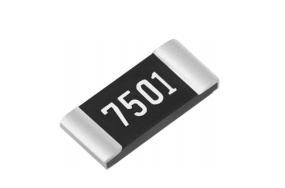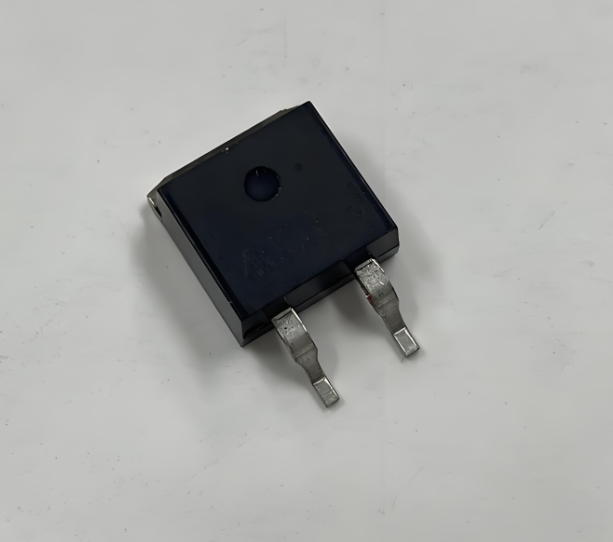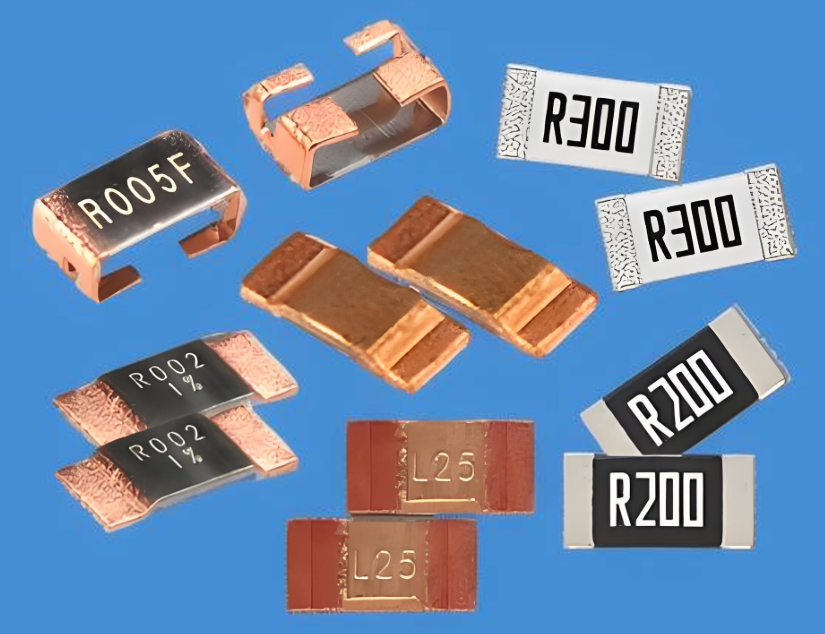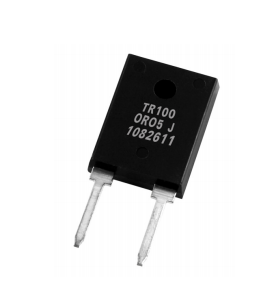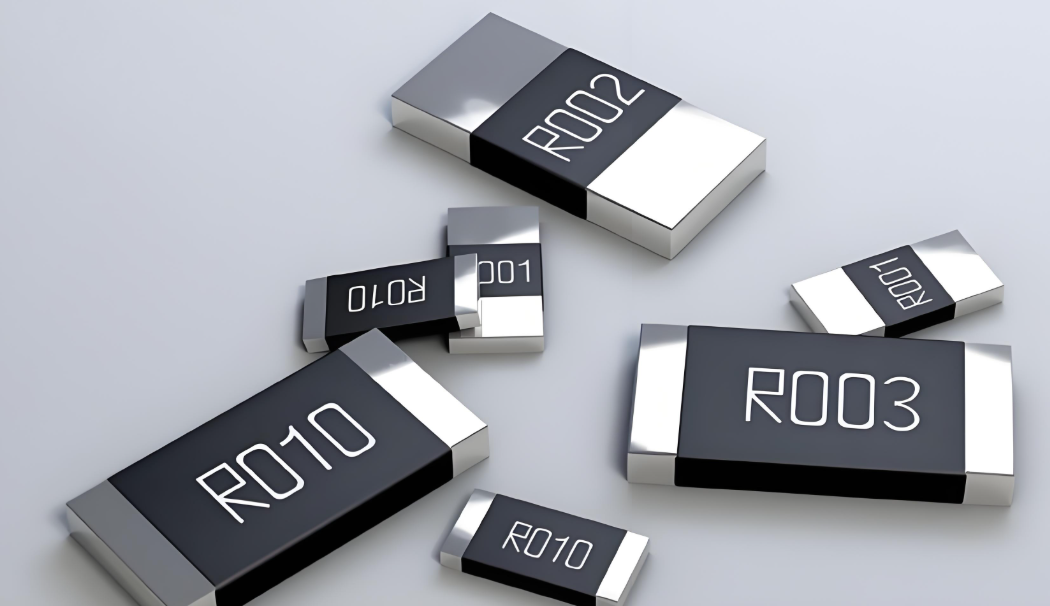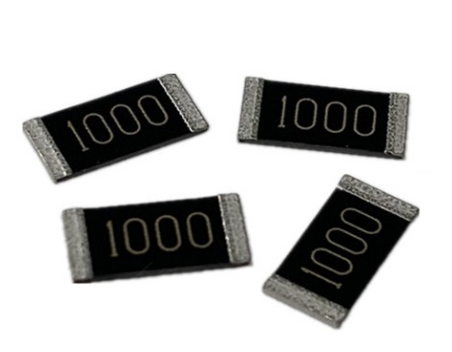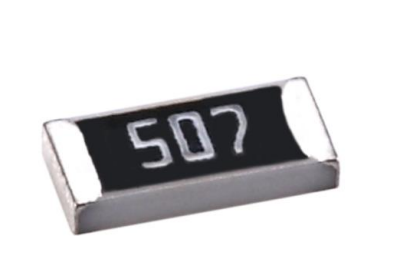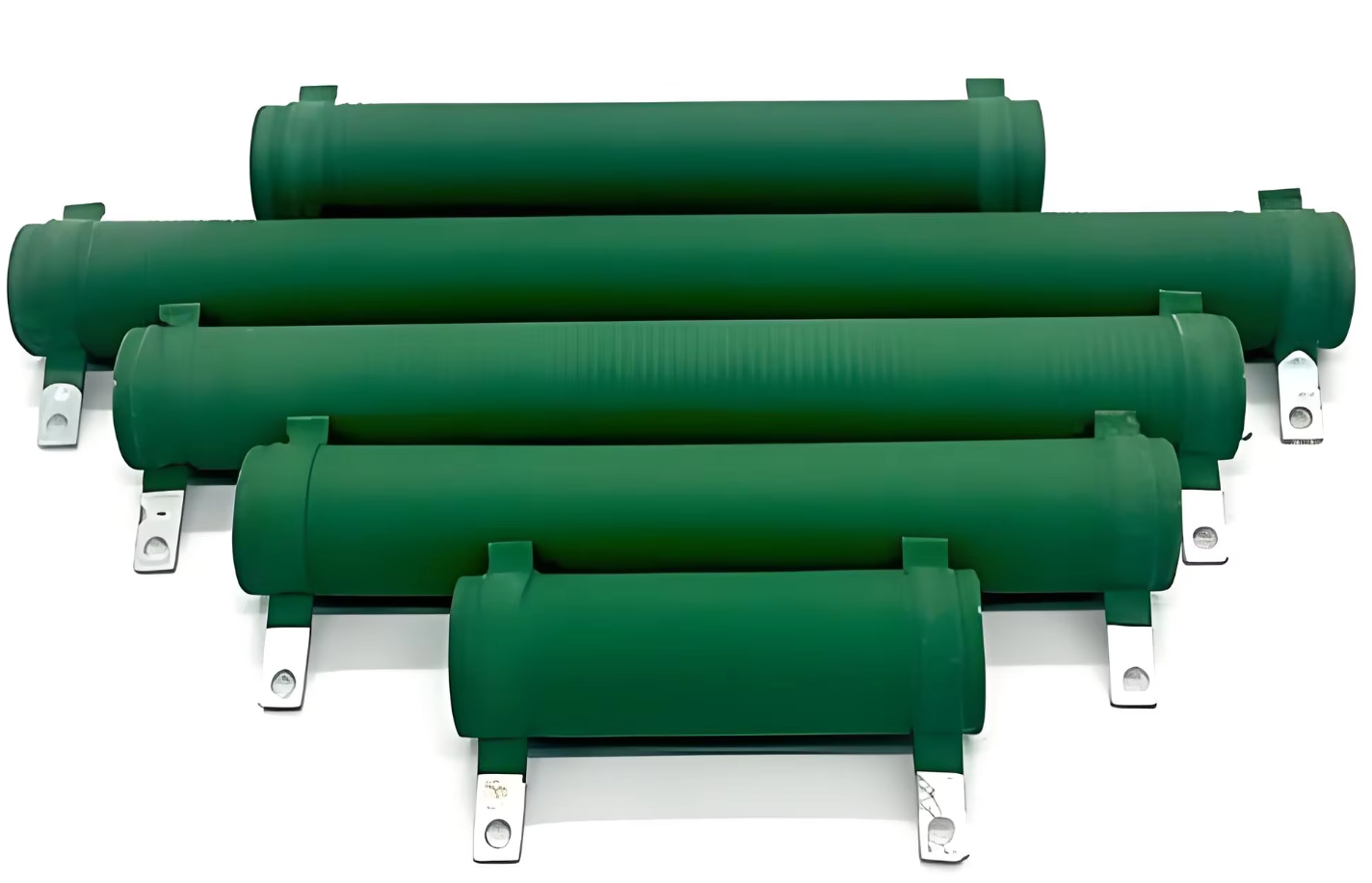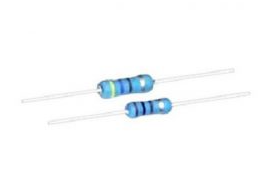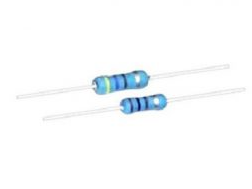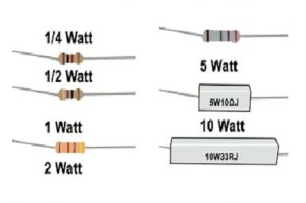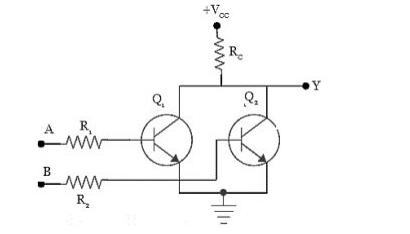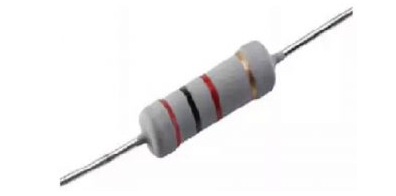High Frequency Resistor up to 40 GHz: Thin Film Solutions for RF Applications
Introduction
In the realm of high-frequency electronics, the demand for reliable and efficient components has never been greater. As technology advances, particularly in the field of radio frequency (RF) applications, the need for high-frequency resistors capable of operating up to 40 GHz has become increasingly critical. This article explores the thin film solutions that are specifically designed to meet these demanding requirements, providing a comprehensive overview of their applications, technical specifications, and the unique challenges they address.
Applications
High-frequency resistors up to 40 GHz are essential in a variety of RF applications. These components are crucial for ensuring signal integrity, minimizing noise, and maintaining optimal performance in high-speed and high-frequency circuits. Some of the key applications include:
Low Noise Amplifiers
Signal Processing Circuits
High-Speed Communication Systems
5G and Beyond 5G Networks
Military and Aerospace Communication
Optical Transceiver Modules
These applications require resistors that can handle high frequencies without significant degradation in performance, making thin film solutions an ideal choice.
Technical Specifications
Thin film high-frequency resistors are engineered to deliver exceptional performance across a wide range of frequencies. The following table outlines the key technical specifications of these resistors:
| Parameter | Specification |
|---|---|
| Frequency Range | Up to 40 GHz |
| Resistance Values | 10 Ω to 100 kΩ |
| Power Rating | 0.1 W |
| Temperature Coefficient | ±100 ppm/°C |
| Operating Temperature | -55°C to +125°C |
| Material | Nickel Chromium (NiCr) Thin Film |
| Package Type | Surface Mount (0805, 1206) |
These specifications highlight the robustness and versatility of thin film high-frequency resistors, making them suitable for a wide range of RF applications.
Problem & Solution
One of the primary challenges in high-frequency applications is the degradation of signal integrity due to parasitic inductance and capacitance in resistors. Traditional resistors often fail to meet the stringent requirements of RF circuits, leading to signal distortion and reduced performance.
Problem: High-frequency circuits require resistors with minimal internal reactance to maintain signal integrity and reduce noise.
Solution: Thin film high-frequency resistors are designed with advanced materials and manufacturing processes to minimize internal reactance. These resistors offer low parasitic inductance and capacitance, ensuring that they maintain their resistance values accurately across the entire frequency range up to 40 GHz. This results in improved signal integrity and reduced noise levels, making them ideal for high-performance RF applications.
Comparison with Other Solutions
While thin film high-frequency resistors offer significant advantages, it is essential to compare them with other available solutions. The following table provides a comparison of thin film resistors with traditional wirewound and thick film resistors:
| Parameter | Thin Film Resistor | Wirewound Resistor | Thick Film Resistor |
|---|---|---|---|
| Frequency Range | Up to 40 GHz | Up to 1 GHz | Up to 10 GHz |
| Internal Reactance | Low | High | Moderate |
| Temperature Coefficient | ±100 ppm/°C | ±200 ppm/°C | ±150 ppm/°C |
| Power Rating | 0.1 W | 1 W | 0.5 W |
| Size | Small (Surface Mount) | Large (Through-Hole) | Medium (Surface Mount) |
| Cost | Higher | Lower | Moderate |
Thin film resistors clearly outperform wirewound and thick film resistors in terms of frequency range and internal reactance, making them the preferred choice for high-frequency RF applications.
Conclusion
High-frequency resistors up to 40 GHz, particularly those utilizing thin film technology, are indispensable components in modern RF applications. Their ability to maintain signal integrity, minimize noise, and operate reliably across a wide frequency range makes them a crucial solution for engineers and designers working in high-speed and high-frequency electronics. By addressing the challenges of parasitic inductance and capacitance, thin film resistors offer a superior alternative to traditional resistor types, ensuring optimal performance in demanding RF environments.

